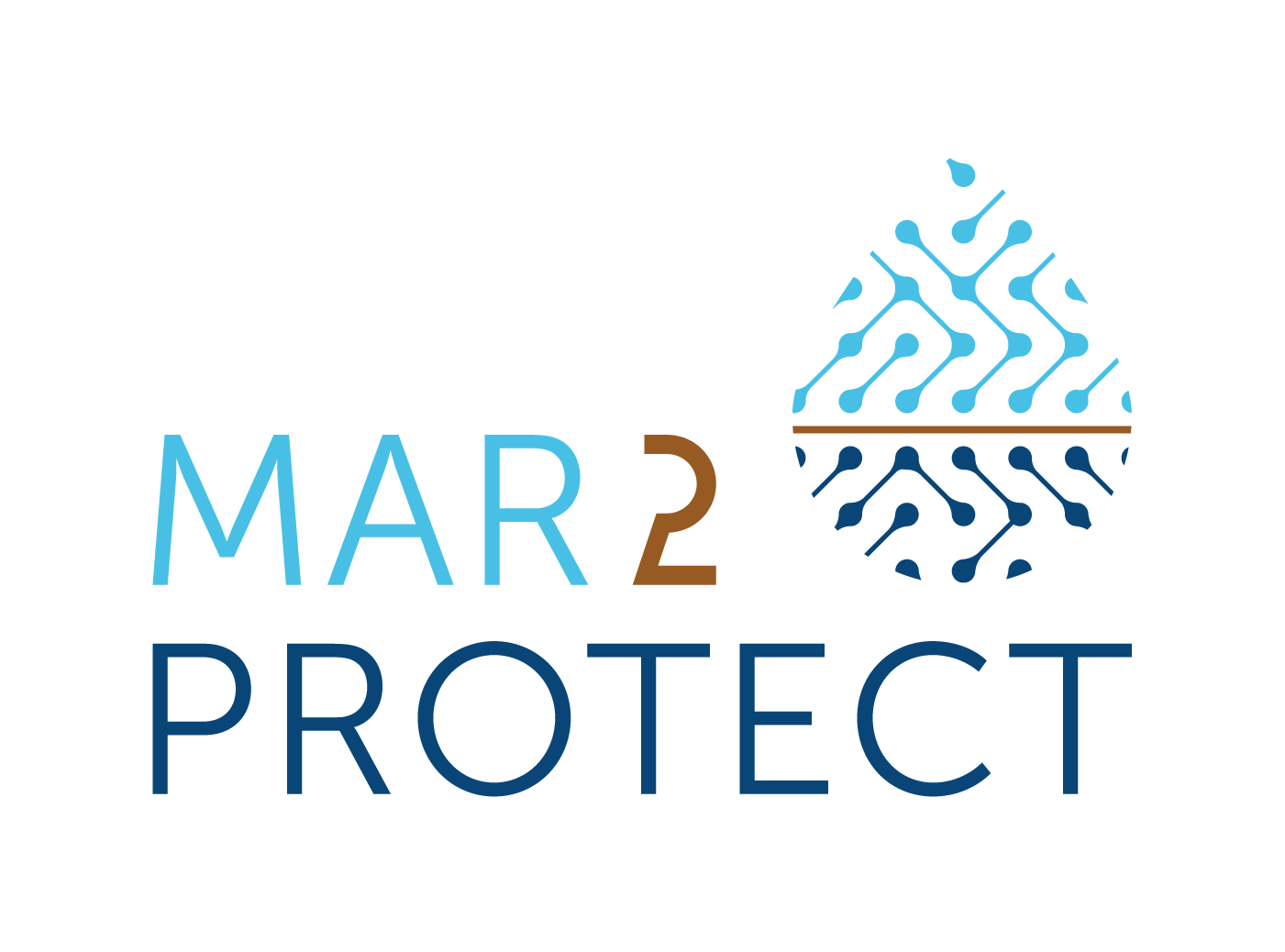The innovative socio-technological approach for the new-generation Managed Aquifer Recharge is based on the M-AI-R Decision Support System that uses Artificial Intelligence-based techniques to increase Managed Aquifer Recharge efficiency and supports decision makers in all steps, from design to operation to yield assessment. M-AI-R-Decision Support System is closely interconnected with an innovative modelling tool (gRoundwatEr quAlity CHange,) aimed at quantifying global change/climate change impacts on groundwater quality, and an innovative Ground Water Prevention Internet of Things platform for the monitoring of pollutants in real environments using the information provided by real-time integrated sensing systems and innovative analytical techniques.
M-AI-R-Decision Support System will use information from 7 carefully selected demo sites, distributed between Europe and Africa, representing a wide range of Managed Aquifer Recharge schemes, climatic conditions, type of groundwater pollution and political / societal context that ensure a high replication potential of the proposed technologies and stakeholder engagement approach.

